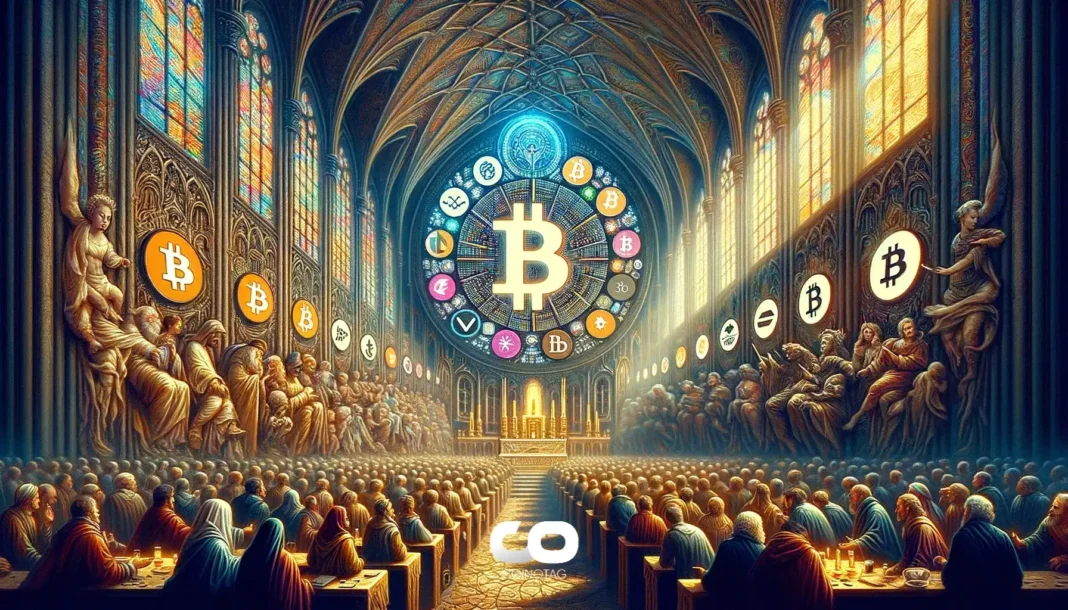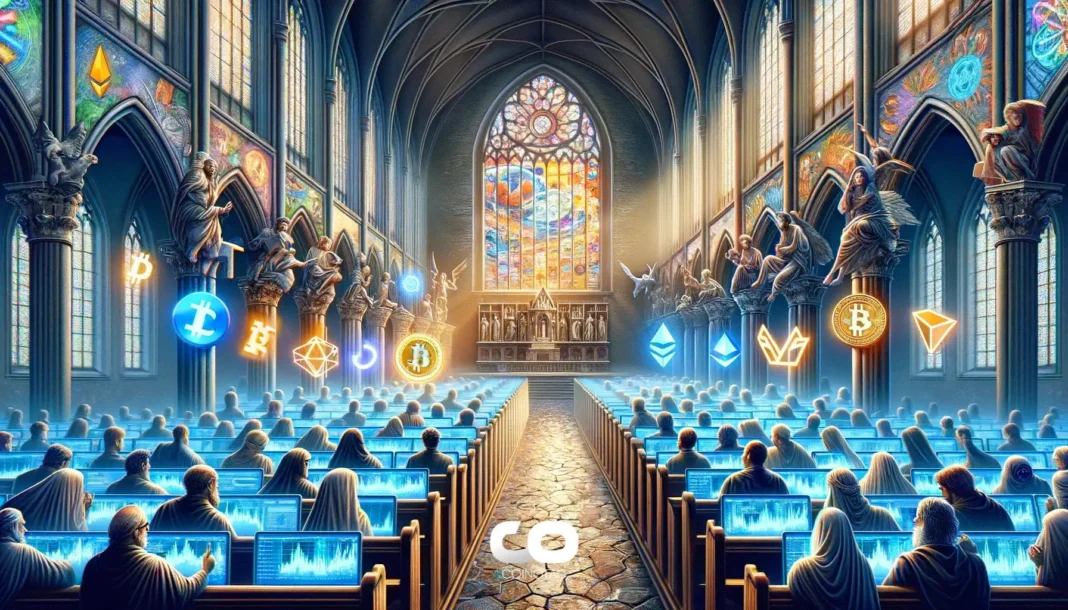- Decentralized Physical Infrastructure Networks (DePIN) are rapidly becoming one of the most talked-about trends in the cryptocurrency arena.
- DePIN leverages blockchain technology to create a globally distributed network of physical and digital infrastructures maintained through participant contributions.
- An interesting example of this is the collaboration between Eloop and Peaq Network to tokenize Tesla cars on the blockchain, redefining the intersection of AI, real-world assets, and blockchain technology.
Explore the burgeoning world of DePIN, where blockchain technology meets physical infrastructure—a robust fusion anticipated to revolutionize multiple industries.
What is DePIN?
DePIN, an acronym for Decentralized Physical Infrastructure Networks, refers to blockchain-based protocols that support a distributed network of physical resources. This category can be broadly divided into Physical Resource Networks (PRNs) and Digital Resource Networks (DRNs). PRNs involve hardware systems such as wireless internet and geospatial data, while DRNs provide the computational backbone needed to operate these physical systems, including decentralized cloud storage and connectivity solutions.
DePIN: Bridging Physical and Digital Worlds
The fusion of physical infrastructures with digital resources is illustrated by the example of Eloop’s partnership with Peaq Network. By tokenizing Teslas and using MoveID, a self-sovereign identification system, users can own a fraction of a car and access accompanying services like parking and charging. This synergy between blockchain, AI, and real-world assets forms the basis for the Economy of Things (EoT), where DePIN is expected to play a pivotal role.
Top DePIN Projects
Several DePIN projects stand out due to their innovative approaches to leveraging blockchain technology. Listed below are some notable examples that showcase a wide array of applications within the DePIN framework.
Render Network (RNDR)
Render Network utilizes blockchain technology to decentralize GPU cloud rendering by connecting creators needing high-performance computing with owners of spare GPU capacity. This marketplace approach democratizes access to powerful rendering tools, making them more affordable and efficient. The network includes three tiers of nodes, catering to different budget levels and service requirements.
The Graph (GRT)
The Graph is a decentralized indexing protocol that enables efficient data querying across various blockchain networks. Its unique Subgraphs enhance data accessibility by indexing and organizing public information globally. This system is crucial for Web3 developers, providing them with the tools necessary to build decentralized applications with seamless access to blockchain data.
Filecoin (FIL)
Filecoin offers a decentralized storage solution that turns cloud storage into an open marketplace. Utilizing economic incentives, the network ensures secure and reliable data storage. This decentralized approach enhances accessibility and promotes competitive pricing compared to traditional cloud storage services. Filecoin’s resistance to censorship further underscores its potential as a robust storage network for the future.
Arweave (AR)
Arweave provides a protocol for long-term, permanent data storage. Its blockweave structure and SPoRA consensus mechanism ensure data immutability and durability. Users pay a one-time fee for permanent data storage, making it an ideal solution for preserving critical information such as web applications and archival documents.
Akash Network (AKT)
Akash Network offers a decentralized cloud-computing marketplace where users can buy and sell computing resources. This platform utilizes IPFS for secure, censorship-resistant storage and employs containerization and Kubernetes for consistent and scalable application deployment. Akash reduces costs by tapping into unused computing resources, making it an economical alternative to traditional cloud services.
AIOZ Network (AIOZ)
AIOZ Network aims to revolutionize content delivery and cloud storage with its decentralized network of edge nodes. Services like live streaming, video on demand, and AI computation benefit from AIOZ’s robust blockchain infrastructure. By leveraging a peer-to-peer network, AIOZ ensures low latency, high availability, and transparent pricing for its users.
BitTensor (TAO)
BitTensor is an open-source infrastructure focused on decentralizing AI and emerging technologies. Using a unique Proof-of-Intelligence consensus mechanism, it incentivizes valuable contributions across various tech domains. Subnets within BitTensor cater to specific tasks, promoting collaborative learning and advancing the field of machine learning through decentralized efforts.
Helium Network (HNT)
Helium Network creates a decentralized wireless network for IoT devices by incentivizing individuals to set up Hotspots. Built on the Solana blockchain, Helium offers scalable and fast transactions. Its Proof-of-Coverage algorithm ensures reliable network coverage, while users earn HNT tokens for contributing to the network’s infrastructure.
IOTA (IOTA)
IOTA utilizes a unique Tangle architecture to enable feeless, scalable transactions suitable for the IoT ecosystem. Its DAG structure allows simultaneous transaction processing, promoting high scalability and low resource consumption. This makes IOTA an excellent choice for facilitating microtransactions and data integrity within IoT networks.
Theta Network (THETA)
Theta Network decentralizes video streaming and data delivery, leveraging a network of validator, guardian, and edge nodes. This blockchain-based platform supports smart contracts and decentralized applications, enhancing its utility across various Web3 domains. Users earn THETA and TFUEL tokens by contributing computational resources, bolstering the network’s efficiency.
Conclusion
In summary, DePIN represents a transformative approach to integrating blockchain with physical and digital infrastructures. Projects like Render Network, The Graph, and Filecoin highlight the diverse applications of this technology. As DePIN continues to evolve, we can expect further innovations that will redefine how we interact with the physical world through blockchain technology. The future of DePIN holds immense potential, promising to drive significant advancements across various industries.







